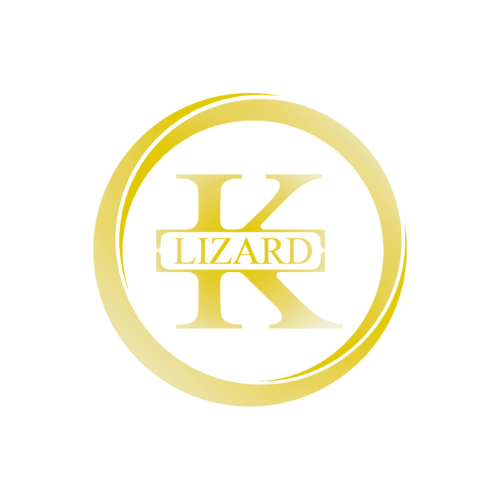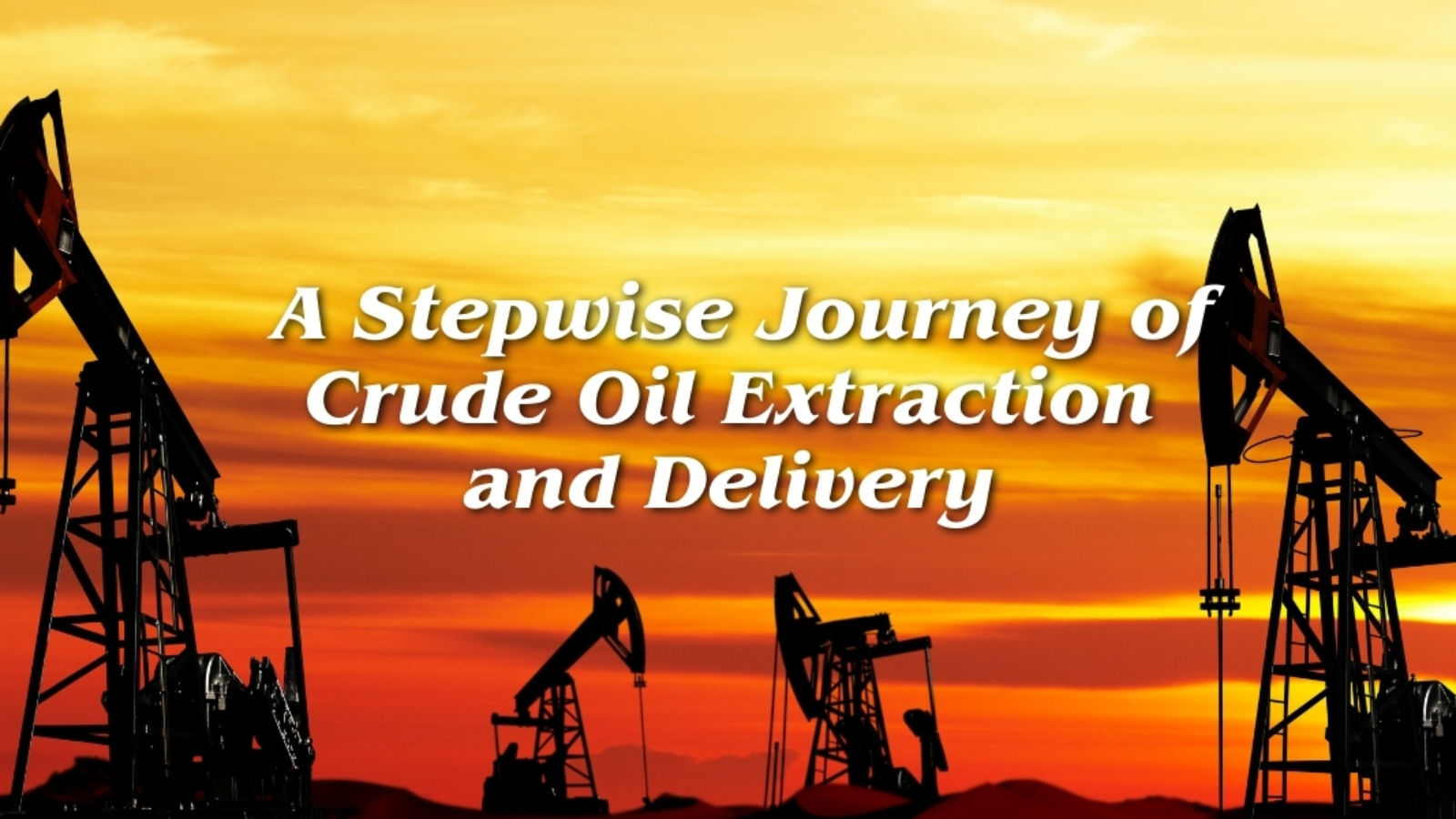From Sea to Consumer: A Stepwise Journey of Crude Oil Extraction and Delivery
Introduction:
Welcome to KLizards, your trusted partner in the world of crude oil trading. In this blog post, we will take you through the stepwise extraction of Crude Oil Extraction from the sea, its transportation to the rig, purification process, delivery to the market, and finally, its journey to the end consumers. Along the way, we will also touch upon the price structure and profit involved in this intricate process.
Step 1: Extraction from the Sea
The process begins with offshore drilling rigs extracting crude oil from beneath the ocean floor. Advanced drilling techniques and equipment are used to reach the oil reservoirs deep beneath the seabed. Once the oil is located, it is extracted using drilling pipes and pumps. This initial extraction is a complex and expensive process.
Step 2: Transportation to the Rig
After extraction, the crude oil is transported from the drilling rig to a nearby production platform or floating storage facility. This is done through pipelines or tanker vessels specially designed for oil transportation. The transportation cost depends on factors such as distance, weather conditions, and vessel capacity.
Step 3: Purification Process
At the production platform or storage facility, the crude oil undergoes a purification process known as “upgrading.” This involves removing impurities such as water, sediment, and gases. Various separation techniques, including heating and centrifugation, are employed to refine the crude oil. The cost of purification varies depending on the complexity of the process and the quality of the crude oil.
Step 4: Delivery to the Market
Once purified, the crude oil is loaded onto tanker vessels for transportation to refineries or storage facilities on land. These vessels navigate through vast oceanic routes, often spanning long distances. The transportation cost includes factors such as shipping fees, insurance, and port charges.
Step 5: Crude Oil Products in the Market
At the refineries, the crude oil undergoes further processing to produce various petroleum products such as gasoline, diesel, jet fuel, and lubricants. The refined products are then distributed to wholesalers, retailers, and other intermediaries in the market. The price structure at this stage includes refining costs, taxes, transportation fees, and market demand.
Step 6: Journey to Consumers
Finally, the refined petroleum products make their way to end consumers through gas stations, industrial buyers, and other distribution channels. The price paid by consumers includes additional factors such as marketing costs, government taxes, and regional supply and demand dynamics.
Profit and Price Structure:
In this complex process, profit margins can vary significantly depending on factors such as market conditions, production costs, transportation expenses, and global crude oil prices. Crude oil trading companies like KLizards play a crucial role in optimizing these profit margins by carefully managing the entire supply chain and leveraging market insights.
Conclusion:
The journey of crude oil from sea to consumer involves a series of intricate steps, each contributing to the final product that reaches our everyday lives. KLizards, with its expertise in crude oil trading, ensures that this process is carried out efficiently and profitably. As consumers, it’s important to understand this journey and the various factors that influence the price structure of crude oil products.
Disclaimer
The price structure and profit mentioned in this blog post are subject to market fluctuations and individual company dynamics.


Add a Comment